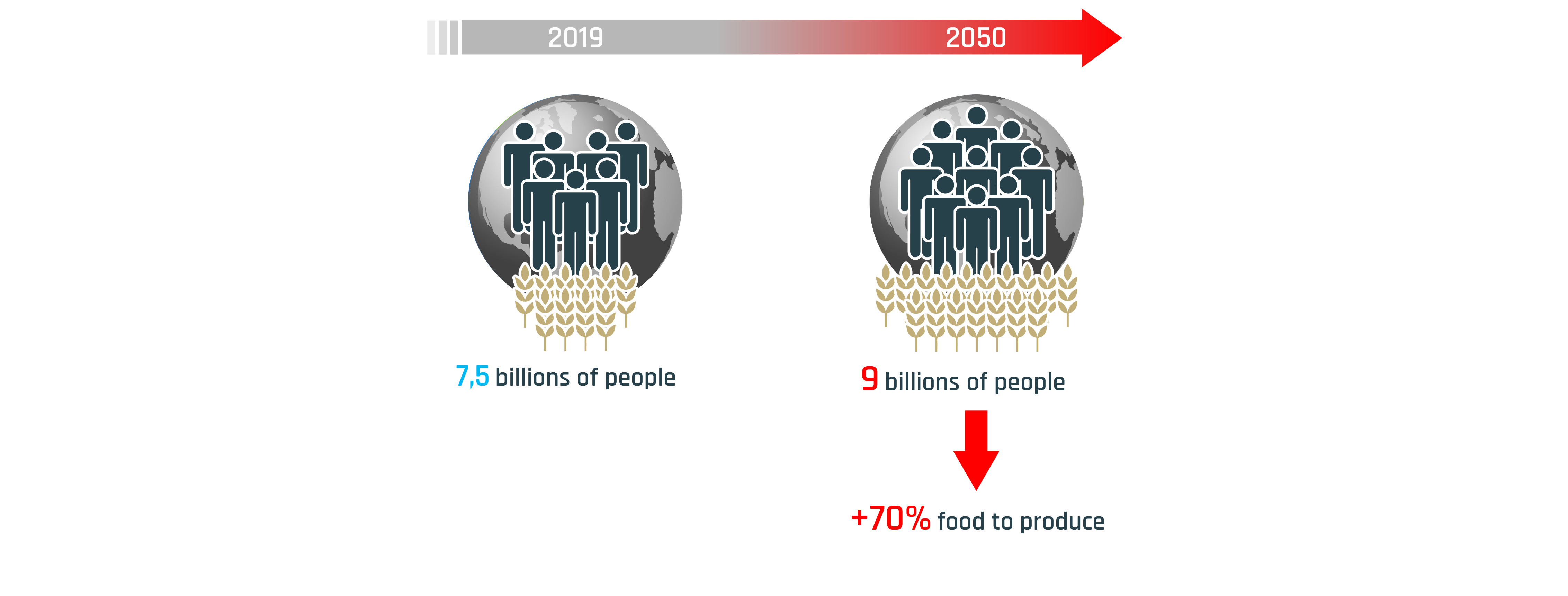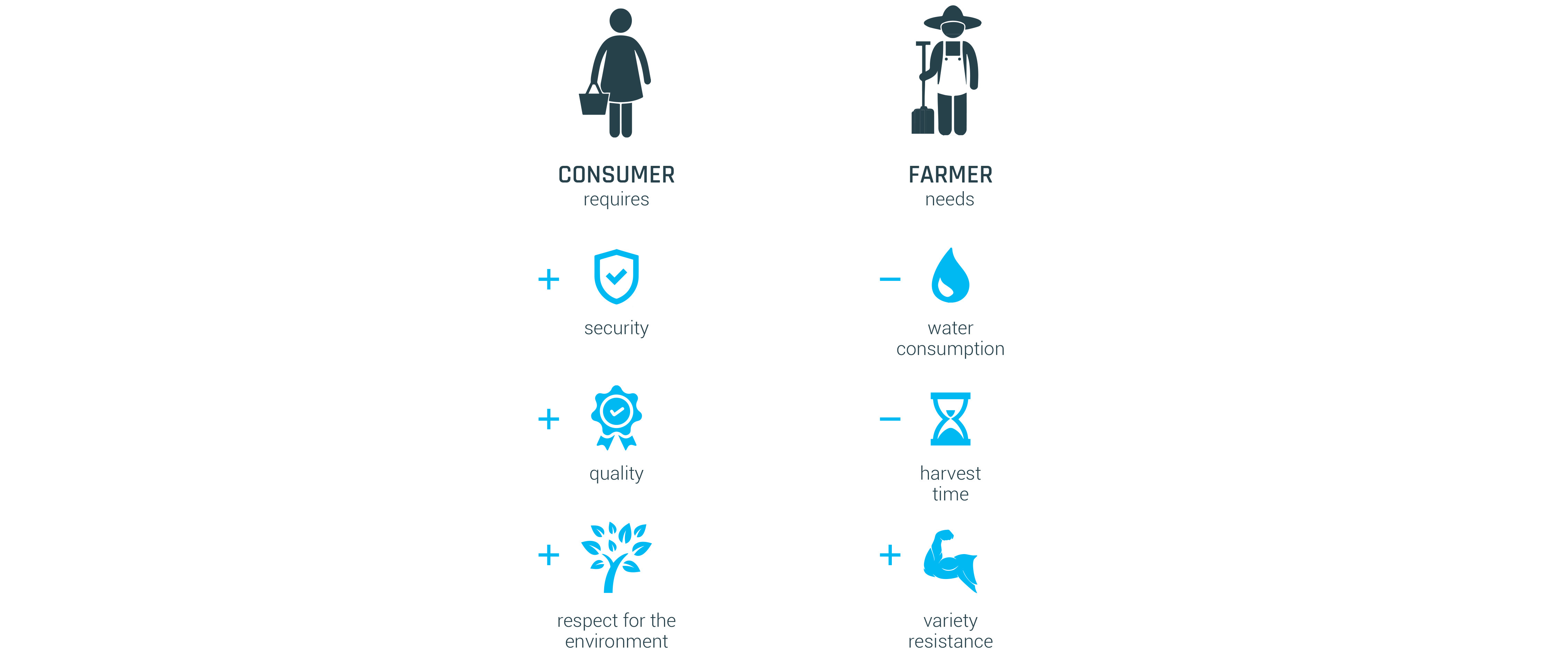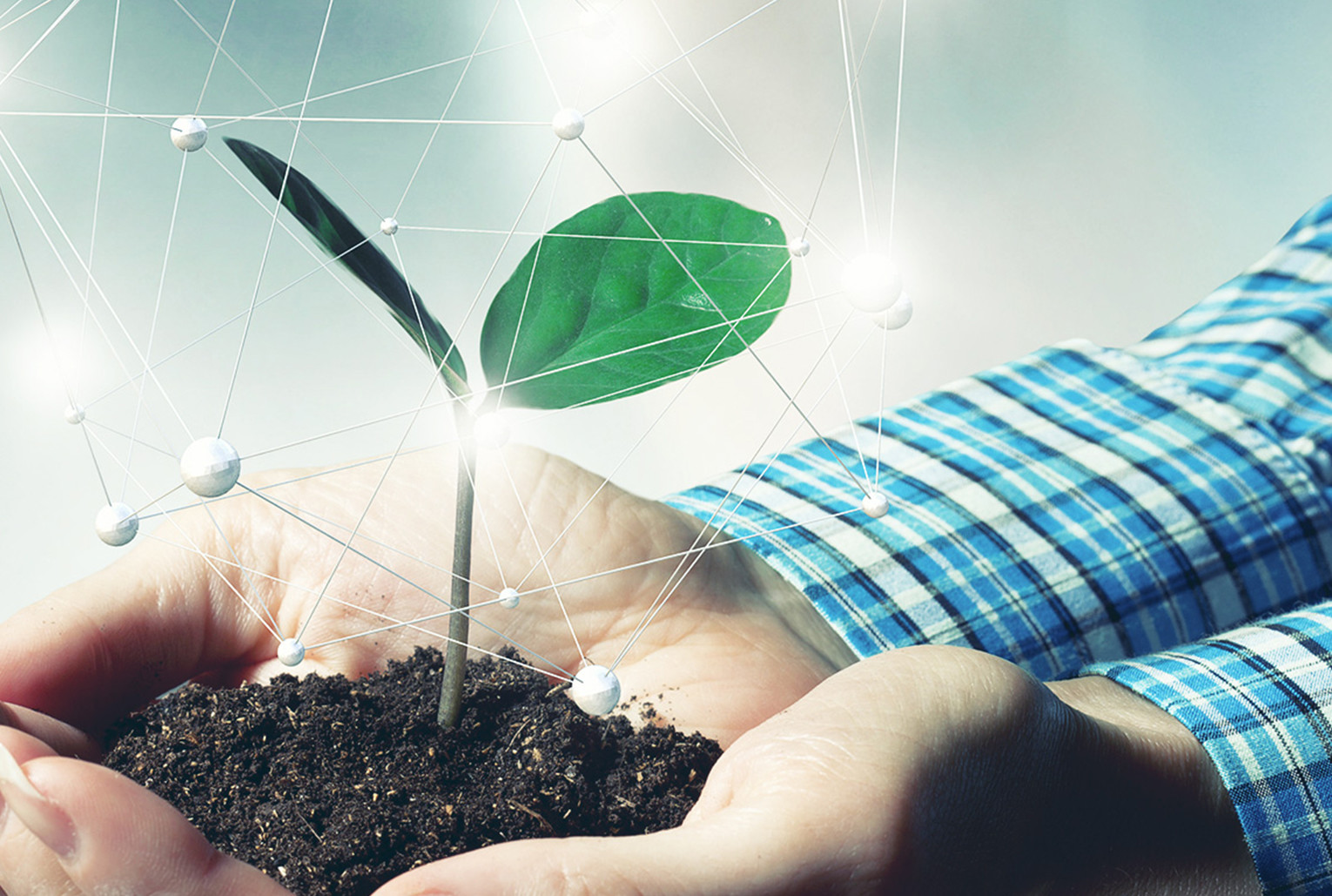The watchword for agriculture in the third millennium is sustainability.
The aim of feeding the 9 billion people expected by 2050, increasing crop yields in a perspective of increasingly scarce resources, requires careful consideration. In other words, in 30 years the sector must be able to double world food production, bearing in mind that even today food self-sufficiency is not guaranteed for about 1,5 billion people. The topic is stimulating and leads to considering multiple factors that can lead to a possible solution: these include the themes of genetics and technological innovation.
Genetic improvement has always been one of the main sources of agricultural progress: investing resources in research centers to obtain ever more productive genetic strains that are resistant to environmental stress will allow the entire sector to become more efficient. In the same way, it is essential to direct resources towards technological innovation. Research and innovation are the cornerstones that allow technological progress in all sectors, even in the agricultural sector, which is very often conceived as the farthest.
However, the rarefaction of resources such as soil, water and energy require a solution of this type: the land destined for agricultural production is fewer and fewer, for this reason, the solution of the "vertical farms", that is the multi-layer cultivation in closed cells that develop, as the name implies, vertically. Another resource that is increasingly lacking is water, which is scarce not only in quantity but also in quality, given that in the last 50 years salinity has increased everywhere. Genetics responds to this problem with varieties that are increasingly more tolerant to salinity and need less water, while the technology proposes different irrigation techniques (for example drip irrigation) or an efficient storage network. Energy is also at the center of reflection: according to ENEA (National Agency for New Technologies, Energy and Sustainable Economic Development) data, total final energy consumption in the agricultural-food system represents the 32% on a global scale. However, agriculture can make its contribution to energy saving by applying energy efficiency measures to all stages of processing, thus allowing significant energy savings. Genetics and technology are the cornerstones on which to set all the strategies aimed at safeguarding our planet and its sustenance, investing in this direction means going to meet the agriculture that is to come.




